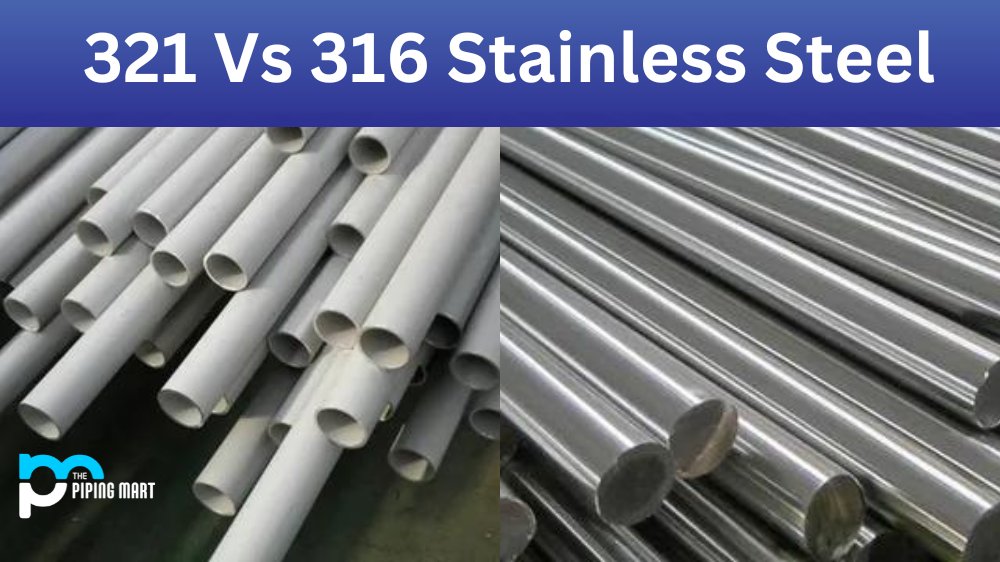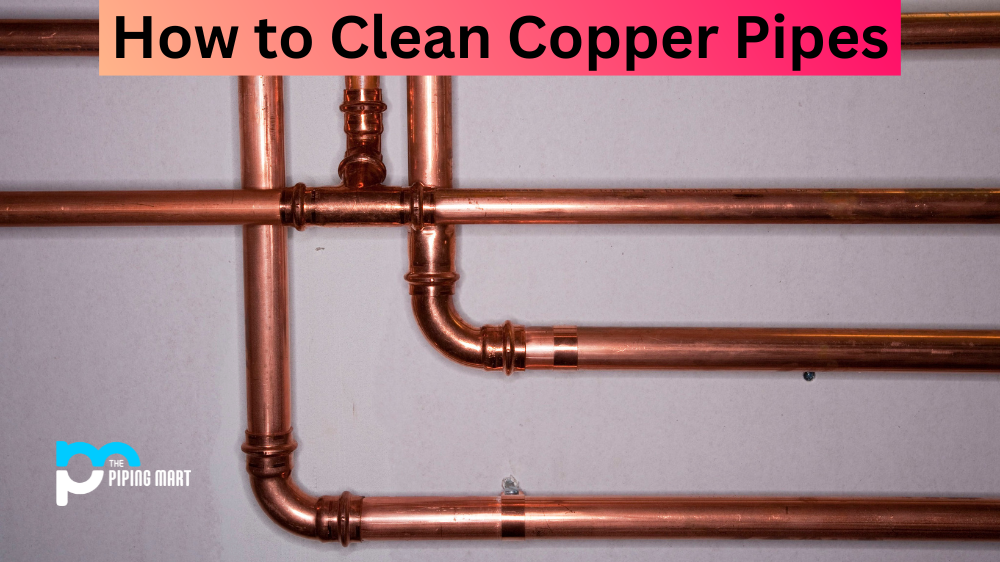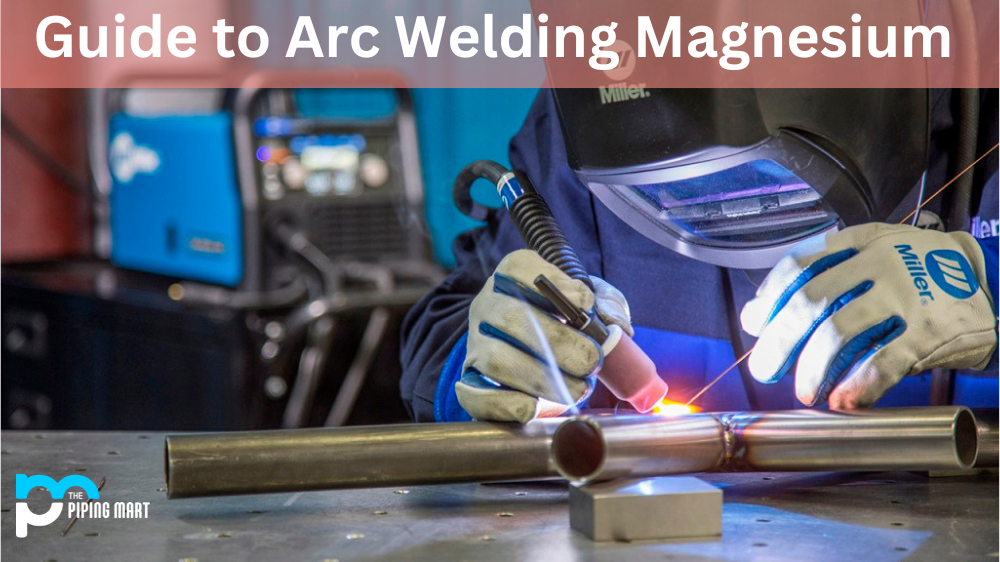When shopping for stainless steel, it is important to know the differences between similar metals. Two of the most popular types of stainless steel are 321 and 316. So, what sets them apart? Let’s take a closer look at the differences between these two alloys and find out why they might be suitable for your next project.
Difference Between 321 and 316 Stainless Steel
321 Stainless Steel
321 Stainless Steel is an austenitic chromium-nickel alloy that contains titanium. This alloy has higher corrosion resistance than most grades of stainless steel. It also offers superior strength at high temperatures compared to other grades of stainless steel. This makes 321 stainless steel well-suited for applications involving elevated temperatures, such as heat exchangers, recuperators, and furnaces.
316 Stainless Steel
316 Stainless Steel is an austenitic chromium-nickel alloy that contains molybdenum and low levels of carbon. This alloy has higher corrosion resistance than most grades of stainless steel and offers superior strength at high temperatures compared to other grades of stainless steel. Its molybdenum content also provides excellent pitting resistance in chloride-containing environments, making it ideal for use in highly corrosive environments such as food processing plants or medical facilities.
Corrosion Resistance
One major difference between 321 and 316 Stainless Steel is their respective levels of corrosion resistance. Generally speaking, grade 321 is more resistant to corrosion than grade 316 because its titanium content provides a protective oxide film on its surface when exposed to water or other liquids containing chlorides or sulfuric acid compounds. Grade 316 has a higher level of nickel content which increases its ability to resist pitting from chlorine compounds found in saltwater or salty air environments like those found along coastal areas where salt spray accumulates on surfaces exposed to sea air. Additionally, grade 316’s molybdenum content helps it resist chloride-induced pitting better than grade 321 does, making it ideal for use in highly corrosive environments such as food processing plants or medical facilities where contact with chlorides is unavoidable due to normal cleaning processes using sanitizing agents containing chlorine compounds. Ultimately, deciding which type of stainless steel to use should depend on your application’s environment and conditions like temperature, humidity levels, exposure to chemicals/acids etc. As always, consult a professional engineer before selecting a specific material for your application!
Conclusion:
Overall, there are many similarities between 321 and 316 Stainless Steel properties. Still, key differences are important to understand before deciding which one will work best for your application. Both alloys offer superior strength at high temperatures as well as good corrosion resistance depending on the environment they are exposed to; however, grade 321 has higher levels of titanium which gives it increased protection against chloride-induced pitting, while grade 316 has higher levels of nickel which makes it more resistant to pitting from chlorine compounds found near coastal areas or in salty sea air environments like those found near dockside locations with regular contact with salt water spray from boats passing by frequently throughout the day! Ultimately you should consult with a professional engineer before selecting either material for your application to ensure you select one that meets all requirements necessary for long-term success in your particular situation! Good luck!

A passionate metal industry expert and blogger. With over 5 years of experience in the field, Palak brings a wealth of knowledge and insight to her writing. Whether discussing the latest trends in the metal industry or sharing tips, she is dedicated to helping others succeed in the metal industry.




